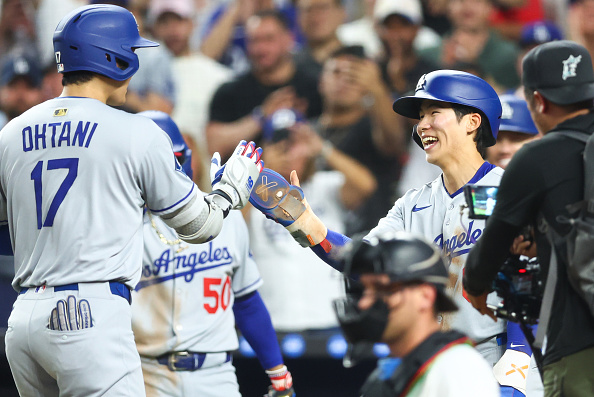Groundbreaking research is underway in Southern California, trying to learn how to better detect and prevent football concussions. Lolita Lopez reports for the NBC4 News on Thursday, Jan. 31, 2019.
High school football participation numbers are down across the state of California. The problem is so bad, some schools are forced to eliminate teams all together because they cant get kids to play.
One of the main reasons is the fear of concussions. Researchers in our own backyard are now tracking literally every hit in an effort to get a better understanding of what, they say, is a mysterious part of the game.
"We don't know if adolescent brains are more or less vulnerable to these repeated head impacts," Dr. Brad Peterson, Director of the Institute for the Developing Mind at Children's Hospital Los Angeles (CHLA), and Chief of the Division of Child & Adolescent Psychiatry in the Department of Psychiatry at the Keck School of Medicine and the University of Southern California, said.
With permission from their parents, about 40 football players from Crescenta Valley High School are part of the unique study that gives doctors a baseline to start analyzing players’ brains. High speed cameras capture tackles and hits from various angles and send alerts warning trainers, coaches and members of the research group to take a second look.

“The value of this study is that we recruit Freshman players before they even begin contact sports and we do very, very thorough assessments and baseline MRI scans before they have any head impacts,” Peterson said.
The data and brain scans compared to students in track and field -- a sport with little to no direct hits, meaning concussions are less likely.
“I love football, I love my kids,” Linda Junge, principal at Crescenta Valley High School said. “So there’s a need to make sure that we’re doing right by them. That we’re not endangering them in any way.”
Local
Get Los Angeles's latest local news on crime, entertainment, weather, schools, cost of living and more. Here's your go-to source for today's LA news.
The study which follows the players throughout their high school years is in its second year and recruits new players each season. Dr. Peterson says it’s still too early to draw any results from the research, but already coaches say there are changes to tackling methods.
More on the research here.
Symptoms of Concussions
The California Interscholastic Federation (CIF) lists symptoms of concussions and what you need to know here. Athletes are encouraged to rate how they are feeling with this checklist.
In California, an athlete suspected of sustaining a concussion or head injury during play must be removed immediately from athletic activity and evaluated by a doctor or health care provider.
State law says getting back to competition cannot be sooner than seven days after an evaluation. An athlete needs written clearance and must complete this return to play protocol.

Testing and Technology
Fears about concussions are being met with innovative testing and technology happening in Southern California to revolutionize helmets, and keep our kids safe.
New data in California shows high school football participation is down 3 percent over the past year and 8 percent over the past five years, according to estimates by the California Interscholastic Federation.
Many blame concussions.
"I think that people are getting conscious," said Steve Levitt, of Los Angeles. "I think parents are getting conscious. Why send your kid into something that may bring them some pleasure, but why would you hurt a kid's body?"
Researchers at USC are studying new ways to stop concussions on the field using a machine that simulates a head-on hit, at various angles. In the past, helmets were only tested using a drop test from above.
"This particular neck is designed to be more humanlike," said Cynthia Bir, who runs the Biomechanics Injury Research Lab at USC Keck School of Medicine. "So this one is actually from a crash test dummy. As you can see, the neck just totally extends back."
Bir said there are new helmets that have come out in the last two to three years that have amazing advancements. This kind of research has led to new outer shells and interior sensors and pads.
"They absorb some of the energy and the shell actually dissipates it," she said. "Think of those crumple barriers on the side of highways, that is what this padding acts like."
Bir also said that the future will bring even more advancements.
"I think we're going to see if you're a quarterback, you're going to wear this type of a helmet," she said. "If you're a defensive lineman, you're going to wear that type of helmet. So it's going to be position-specific helmets."
More Information:
Testing to Help Make an Informed Helmet Choice: Watch Video
Injury Data: Click Here



